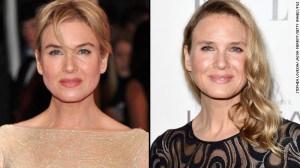Happy April, readers!
The other day, I read a review of a show by the artist Laurie Simmons, and have been thinking so much about it that I just have to comment on the images and the phenomenon it represents. So I’ll jump right in!
The show is titled “How We See” (and its Web link is here ). It is a set of photographs of “doll girls”—young women who make themselves up to look like favorite dolls (Barbie, for one) and anime characters. I’m also going to jump right in to what I found most arresting about this exhibit—many of the doll girls have large eyes (somewhat like Barbie), or—as examples in real life—the actresses Cameron Diaz and Amanda Seyfried), as illustrated by the picture from the exhibit here.
But, get this—the eyes are painted on their closed eyelids. !
I haven’t been able to stop thinking about what this means in terms of, well, metaphor. (And frankly, one of the reasons my mind keeps returning to it is that, although the eyes don’t look fully real, I simply couldn’t believe, initially, that they were painted on the eyelids—I couldn’t, ahem, see the eyelids in this photograph—meaning, I couldn’t believe they were eyelids, although I could clearly see they weren’t real eyes.) It becomes clear that they are eyelids upon repeated viewing only.
We are very used to hearing that women distort themselves to conform to a beautiful image. To some degree, the doll girls phenomenon is simply an extreme of this; they are imitating above all the kind of symmetrical large-eyed beauty that is regularly reported to be the most idealized form of beauty.
But what does it mean to adopt a beautifying ritual designed to be photographed—to be seen in other than real time—with a method that ensures that you can’t see. With all that means—you can’t take in or comment on the world; your vision (literal and metaphorically) is blocked. It is, indeed, rendered impossible, since you could never see with your lids closed. Doesn’t that make vision unimportant? A vanishing consideration next to image.
Any thoughts, readers?

